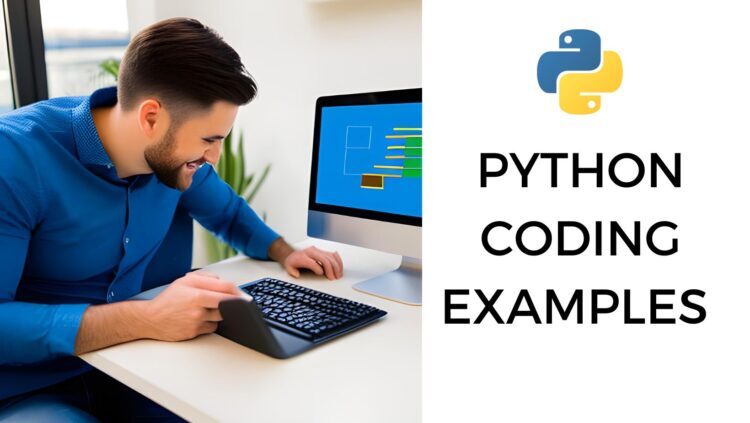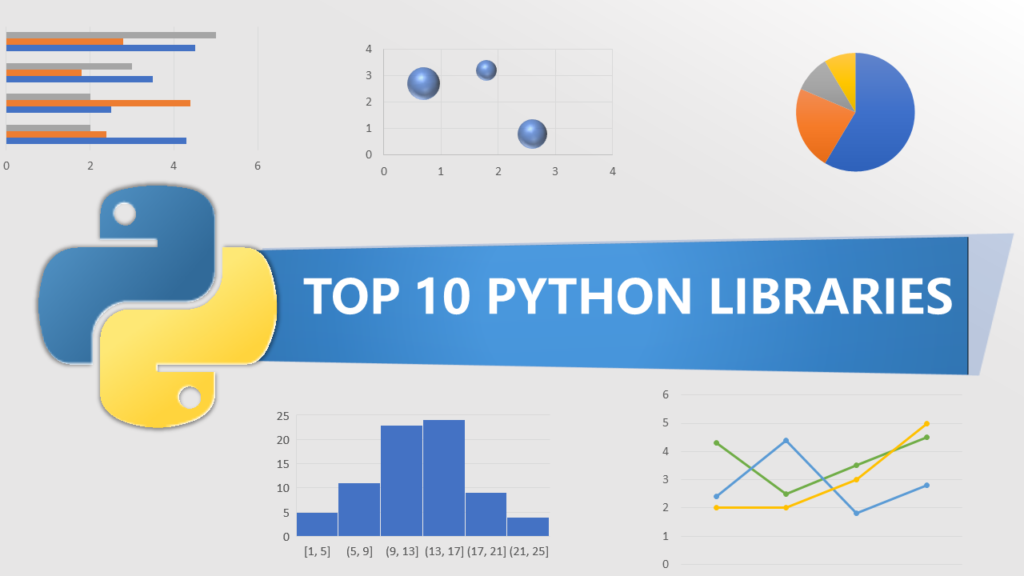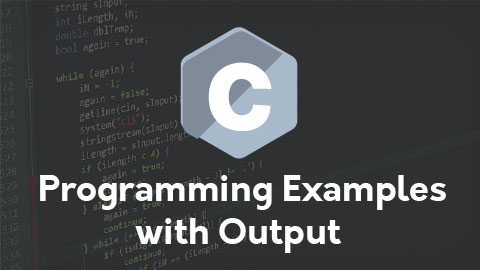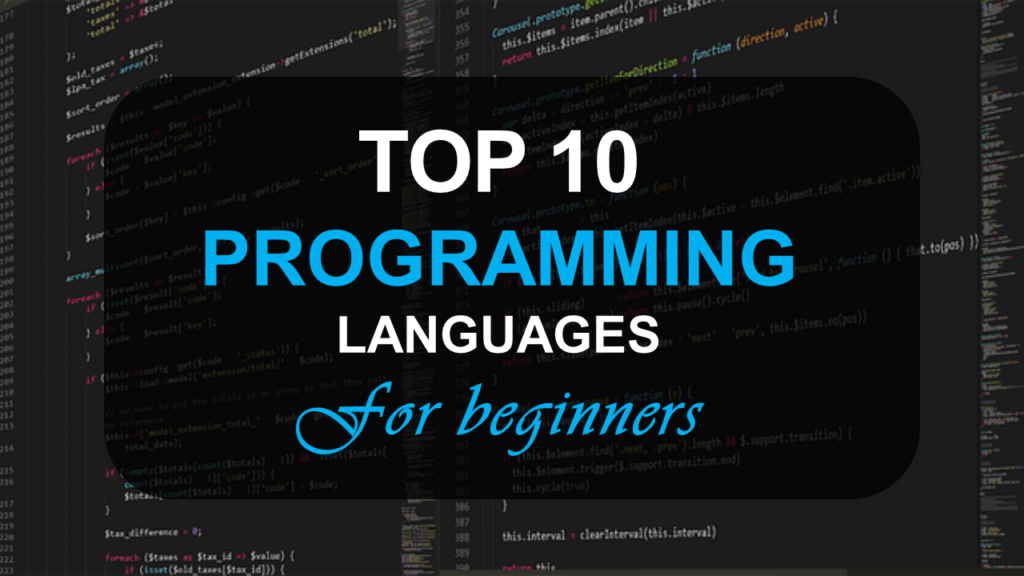Python Programming Examples with output
Python holds significant importance in today’s job market and global landscape due to its versatility, simplicity, and wide range of applications. Its user-friendly syntax makes it an ideal choice for both beginners and experienced programmers.
The languages’ popularity continues to grow as it caters to diverse industries, enhancing productivity and problem-solving capabilities. With a robust community and abundant resources, Python remains a valuable skill, ensuring job opportunities and a competitive edge in the ever-evolving technological world.
Python is a high-level programming language known for its readability and versatility. Python, created by Guido van Rossum, is a general-purpose programming language that was first released in 1991. It supports various programming paradigms, including procedural, object-oriented, and functional styles. Python’s clean syntax and indentation-based structure make code easy to read and write.
It features a dynamic type system, meaning variable types are inferred at runtime. Python’s rich standard library, cross-platform compatibility, and extensive third-party packages empower developers to build applications for web development, data analysis, artificial intelligence, automation, and more. Its interpreted nature allows rapid development and testing.
Overall, Python is a beginner-friendly, powerful language with a strong community and diverse applications.
Features of Python:
Readability: Python’s clean syntax and indentation-based structure enhance code readability, making it more human-friendly.
Dynamically Typed: Variables are not explicitly declared; their type is inferred at runtime, allowing flexible programming.
Cross-Platform: Python code runs on different platforms without modifications, promoting portability.
Multi-Paradigm: It supports procedural, object-oriented, and functional programming paradigms.
Rich Standard Library: Python offers a comprehensive library that facilitates various tasks, from file handling to web development.
Interpreted: Python code is executed line-by-line by an interpreter, allowing quick development and testing.
High-Level Data Structures: Built-in data structures like lists, dictionaries, and sets simplify complex operations.
Extensible: Python can be extended by integrating modules written in C or C++ for performance optimization.
Community and Libraries: A vibrant community contributes to a wide range of third-party libraries, expanding Python’s capabilities.
Easy to Learn: Python’s simplicity and well-organized syntax make it suitable for beginners.
Installing Python:
Windows:
Download the latest Python installer from the official website (https://www.python.org/downloads/windows/).
Run the installer and ensure to check the “Add Python to PATH” option during installation.
macOS:
macOS usually comes with a pre-installed version of Python.
For the latest version, download the macOS installer from the official website (https://www.python.org/downloads/mac-osx/).
Linux:
Many Linux distributions include Python by default.
You can install it using the package manager. For example, on Ubuntu:
sudo apt-get update
sudo apt-get install python3
To verify the installation, open a terminal/command prompt and run:
python3 --version # For Python 3
Basic Python Programming Examples for Interviews



